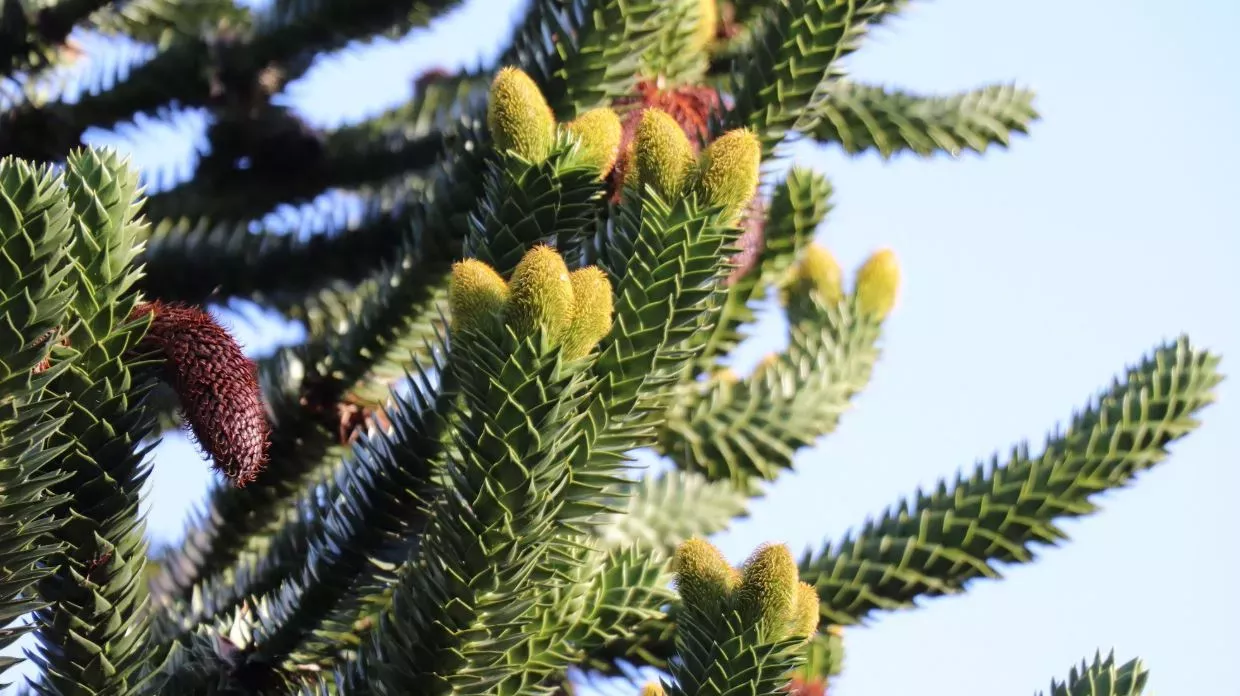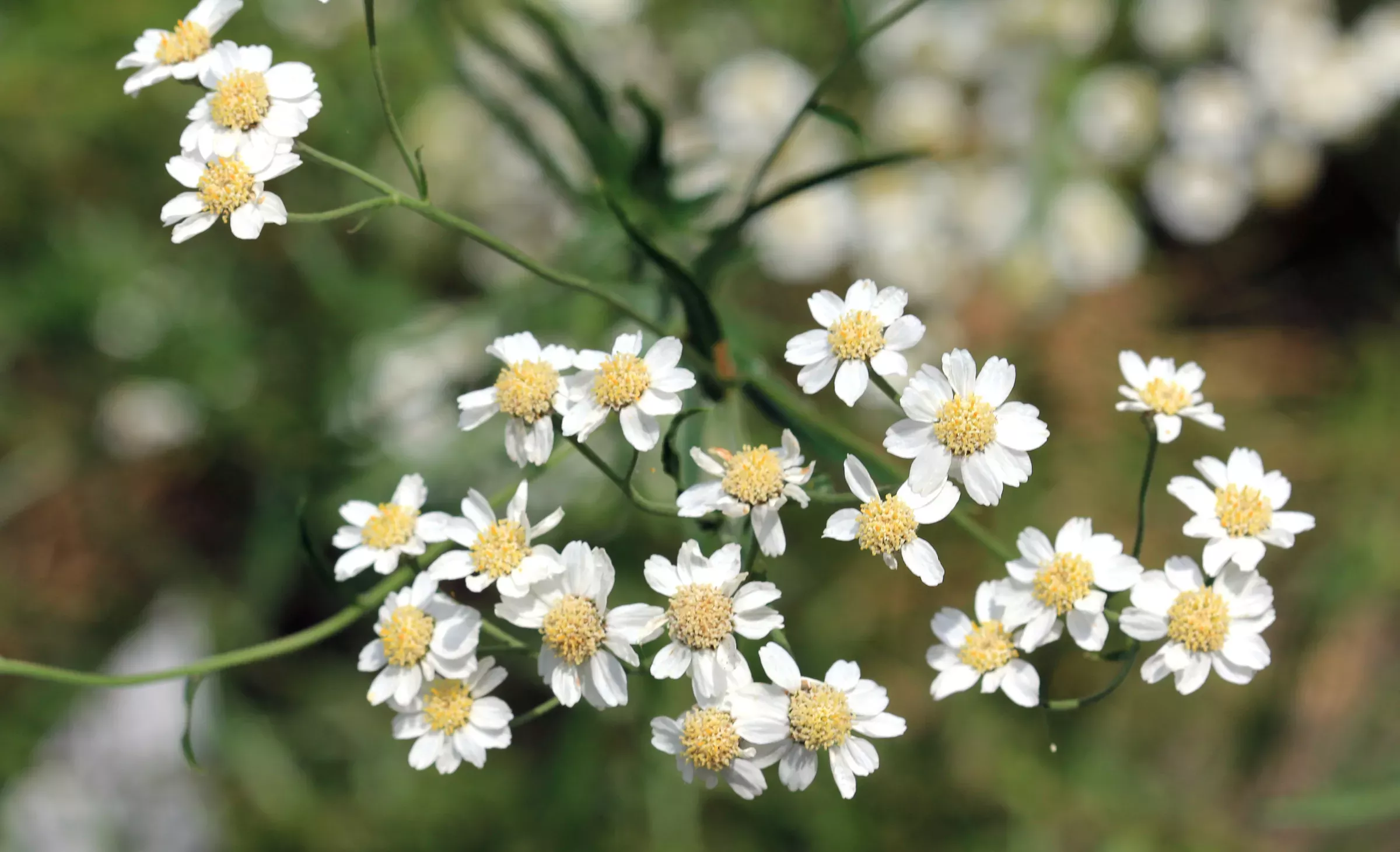1 March 2021
Weird and wonderful plant names
The stories behind fun plant names revealed, from a famous movie villain to a Victorian tree-climbing theory.

All plant names have a story to tell.
Both their scientific and common labels are rich in meaning, often revealing the history, uses or myths of a species.
We take a look at the stories behind some of the funniest and strangest plant names around.
Monkey puzzle tree (Araucaria araucana)
Most people have heard of a monkey puzzle tree but where did its funny common name come from?
The species Araucaria araucana was given its common English name by the Victorians.
They thought that the tree’s stiff, spiky leaves which completely cover the branches would puzzle a monkey trying to climb it.
First introduced to England in 1850, the evergreen monkey puzzle tree is native to Chile and has been around for 200 million years, existing at the same time as the dinosaurs.

Begonia darthvaderiana
Many fictional characters have inspired plant names, from Sherlock Holmes (Mandevilla sherlockii) to Oscar the Grouch (Stelis oscargrouchii Karremans) and Smaug the dragon (Dracula smaug) from The Hobbit.
Can you guess which iconic movie villain Begonia darthvaderiana was named after?
That’s right – Star Wars baddie Darth Vader influenced botanists C.W. Lin & C.I Peng in their choice of nomenclature for the dark-leaved begonia.
Milk thistle (Silybum marianum)
In the case of the milk thistle, the comedy lies in its scientific rather than common name.
The genus part of the name derives from the Greek word ‘silybos’, meaning ‘tuft’ or ‘tassel’.
But English speakers can’t miss the humorous spelling of Silybum.
The species has spiny dark green leaves with distinct white veins running through them. When in bloom the plant displays beautiful purple flowers.

Pterichis aragogiana
If you read this scientific plant name and immediately think of a fantastical giant spider, you know you’re a big Harry Potter fan.
The newly discovered species, Pterichis aragogiana, from the orchid family (Orchidaceae), was named after Aragog, the venomous eight-legged Acromantula from the wizarding series.
This is down to the orchid’s flowers resembling spiders, which some may find a little creepy.
Sneezewort (Achillea ptarmica)
As its common name suggests, this strong-scented flowering plant was used historically to create a sneezing powder.
It was believed to be a good agent in clearing out sinuses by making people sneeze.
The scientific name of the genus Achillea was named after the mythological Greek character Achilles. According to the legend, Achilles used flowers of this genus to treat his soldiers' wounds.
The second part of the botanical name, ptarmica, comes from the Greek word 'ptairo' which means to cause sneezing.

Mother-in-law's tongue (Dracaena trifasciata)
One of the common names that Dracaena trifasciata goes by is mother-in-law's tongue. Can you guess why?
Its sword-like long leaves were thought to be a fitting representation of the stereotypical sharp tongue of a mother-in-law.
But to appease any offended mother-in-laws, the succulent is also very beautiful with marbled leaf patterns.




